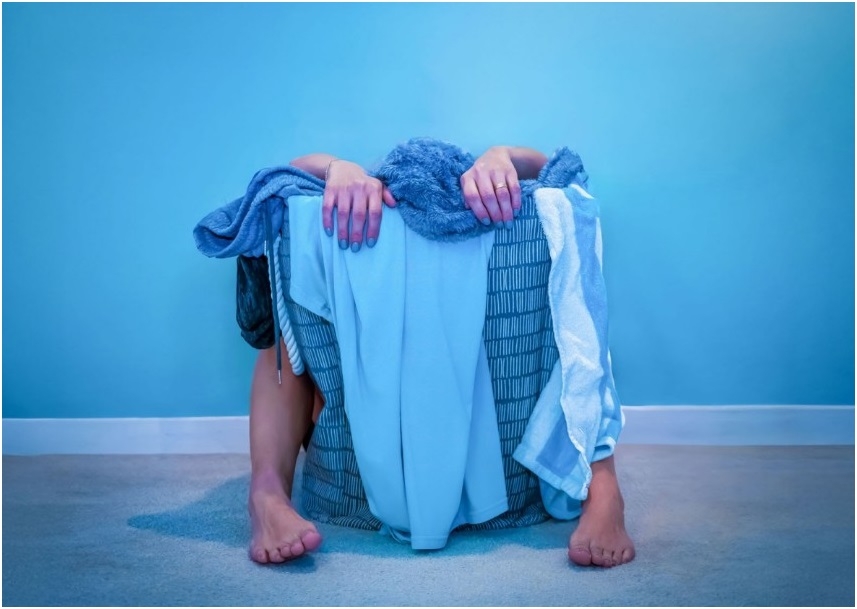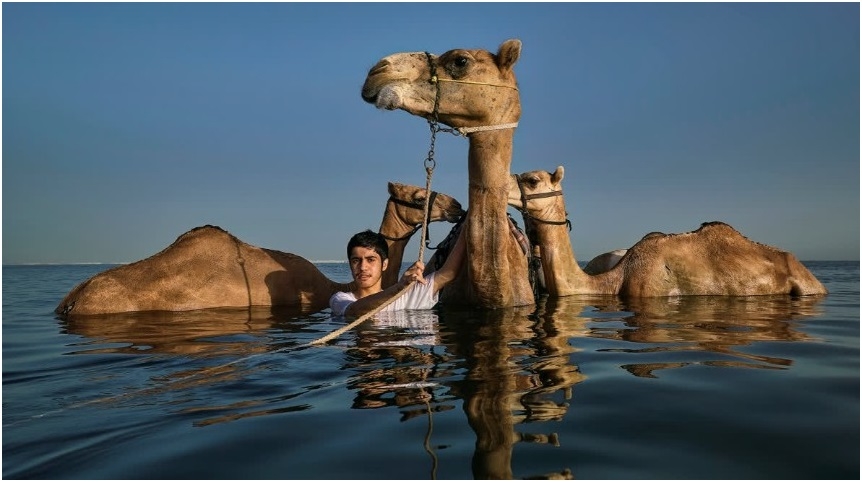Hyderabad Will Turn Into A Massive Picture Gallery As The 11th Indian Photo Festival Descends On The City For A Month And A Half
Total Views |

There are few things as satisfying as a city that loves its images. Hyderabad, with its delicious confusion of old-world minarets and neon hoardings, is one such place; and it’s about to turn into a massive open-air gallery again. From November 20, 2025, to January 4, 2026, the Indian Photo Festival (IPF) returns for its 11th edition, sprawling across the State Art Gallery, Madhapur, and venues all over the city. The festival, organized by the Lightcraft Foundation, is India’s longest-running international photography event... a sort of pilgrimage for people who believe that a single photograph can still stop time, start a debate, or at least make you stare into space for a few awkward minutes.
Each year, it gathers photojournalists, artists, and dreamers from around the world who use the lens as a kind of emotional tuning fork. From Brazil to Iran, South Korea to India, the 2025 lineup is a buffet of perspectives on what it means to live, fight, and create in this confusing century. There are solo exhibitions, group showcases, workshops, screenings, and talks... basically, enough visual overload to make your phone gallery feel inadequate.

Photography Themes
This year’s exhibitions read like a map of our collective anxieties and aspirations. Alessandro Celante’s Impermanent Masks from Brazil meditates on identity and mortality in a world drowning in selfies, while Seunggu Kim’s Better Days captures the Korean idea of “slow photography,” where leisure becomes rebellion. Closer home, M. Palani Kumar’s collaboration with The Caravan, titled Murky Waters, chronicles 50 years of industrial pollution and survival in Ennore: proof that sometimes truth, however grim, can still be beautiful.
The global lineup also includes Giles Clarke’s Sudan: In Time of War, Nazanin Alipour Jeddi’s Lingering Shadows exploring women’s inner worlds in Iran, and Glorianna Ximendaz’s Slash And Burn from Costa Rica, where healing from trauma happens in the wilderness. Meanwhile, Marylise Vigneau’s Frontlines of Dignity, Shredded Skies and Other Love Stories brings tender humanity to war-torn Ukraine, and Elke Scholiers’ No Man’s Land dives underground—literally—into the hidden lives of Kurdish women fighters. Back in India, Rohit Chawla’s Rain Dogs looks at solitude and renewal in pandemic-haunted Goa, and Hridya Sadanand’s Cooking With Taboo explores menstruation, memory, and domestic rebellion in Kerala. It’s a lineup that feels like the world seen through cracked glass: raw and reflective. But IPF isn’t just about the art on walls; it’s also about the conversations it starts. The public programmes this year promise to be as engaging as the images themselves. Magnum Photos’ Newsha Tavakolian kicks things off with the opening talk, followed by Julie Hau of National Geographic, cinematographer Sudeep Chatterjee (of Padmaavat and Gangubai Kathiawadi fame), and documentary photographer Aliona Kardash of Germany’s DOCKS Collective. Expect the kind of discussions that make you question whether photography is an art, a weapon, or both—and why you suddenly want to buy film rolls again.
Among the highlights are the Panos Pictures Collective, whose members continue to redefine documentary photography, and the Press Trust of India’s showcase, which stitches together the political and cultural pulse of the nation. The APF International Street Photography Awards celebrates a decade of capturing life’s fleeting, chaotic moments, while the IPF Portrait Prize 2025 offers a stage (and INR 2,00,000 in prizes) to the best portraiture from across the subcontinent. These group shows remind you that photography, at its best, is both personal and impossibly collective.

Workshops And Screenings
For those who like to do more than just look, there are hands-on workshops and screenings. The festival opens with a screening of Nagoba Jatara by Jennifer Alphonse, followed by sessions on analogue photography and darkroom printing (for those who enjoy the smell of developer fluid and nostalgia). Panels like The Future of Print: Photography in the Age of Self-Publishing and The Female Gaze: Rewriting Visual Narratives explore how images continue to shape (and sometimes sabotage) our understanding of gender, truth, and beauty. Behind all this spectacle lies a strong web of collaborations. IPF 2025 has roped in everyone from National Geographic and Panos Pictures to Goethe-Zentrum Hyderabad, Alliance Française Hyderabad, and even L&T Metro Rail Hyderabad, proving that art can thrive anywhere... from galleries to subway walls. Supported by the Government of Telangana and the Department of Tourism, the festival has become one of Hyderabad’s proudest exports, a cultural bridge connecting local voices to the global lens.
Festival founder and director Aquin Mathews says, “IPF is a celebration of photography and more—a space where images become conversations and stories become bridges.” And indeed, walking through IPF will feel a bit like flipping through humanity’s photo album: you pause, you gasp, you wonder why someone took that picture... and then, suddenly, you understand!
So, whether you’re a professional photographer, an accidental phone-camera genius, or just someone who likes looking at pretty things, the Indian Photo Festival promises many days of inspiration and introspection. Because in Hyderabad this winter, even the shadows will have stories to tell.

